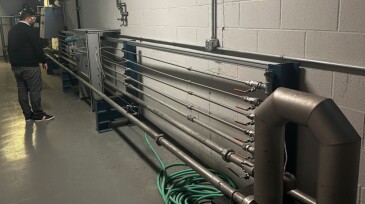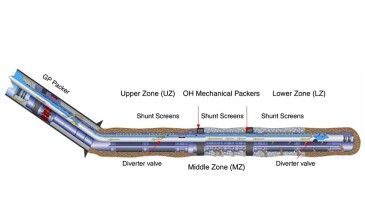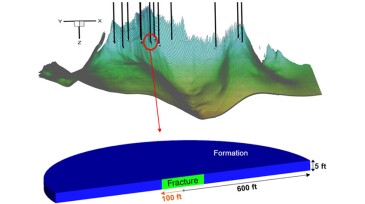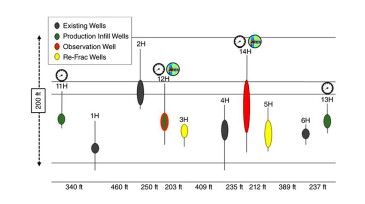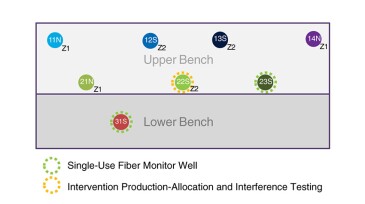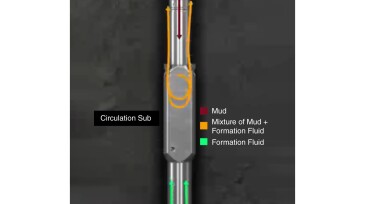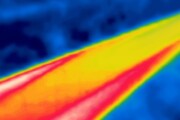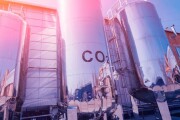DSDE: In Practice
-
An agent-based model is developed and used to predict COVID-19 spread within living quarters of an offshore oil and gas platform.
-
This study introduces a detailed model to capture the physics and chemistry of acid flow in complex horizontal wells completed in carbonate formations.
-
This paper presents the completion strategy implemented in an intelligent well completed in Malaysian deepwater Block K.
-
This paper described the use of digital twin technology to identify design modifications required at an onshore site and visualize proposed offshore assets for a Trinidad and Tobago development.
-
The index integrates three independent components extracted from static and dynamic parameters: reservoir permeability thickness, movable gas, and reservoir pressure from a historically matched dynamic model.
-
This paper describes a full-field and near-wellbore poromechanics coupling scheme used to model productivity-index degradation against time.
-
This paper’s focus is a case study of an Eagle Ford refracturing project in which a range of completion designs were trialed with an approach using offset sealed wellbore pressure monitoring and fiber-optic strain.
-
The authors integrated azimuths and intensities recorded by fiber optics and compared them with post-flowback production-allocation and interference testing to identify areas of conductive fractures and offset-well communication.
-
This paper addresses the challenges related to well control and the successful implementation of deep-transient-test operations in an offshore well in Southeast Asia carried out with the help of a dynamic well-control-simulation platform.
-
The authors of this paper describe a seismic reprocessing campaign for an Egyptian oil field that had yielded poor seismic data.
Trending Now on DSDE
Stay Connected
Don't miss out on the latest technology delivered to your email every 2 weeks. Sign up for the DSDE newsletter.


